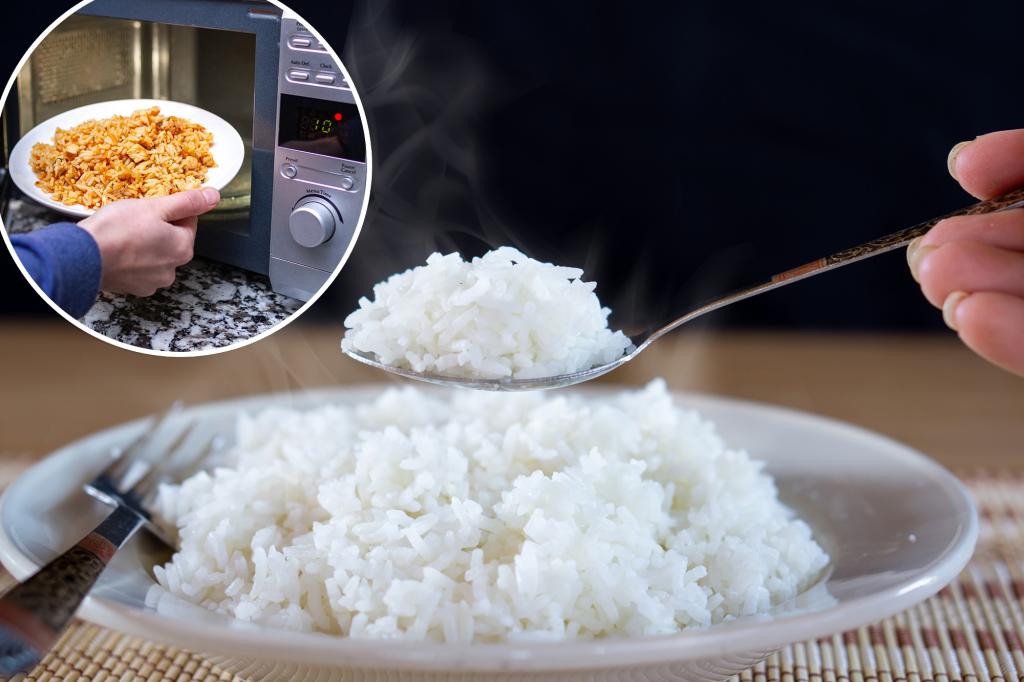Food experts are advising on the proper storage and reheating of leftover rice to avoid the risk of foodborne illnesses. Rice may contain spores of Bacillus cereus, a bacterium that can produce toxins if left at room temperature, leading to symptoms of diarrheal and vomiting illnesses. While reheating rice can kill vegetative cells, it does not destroy the toxins produced by the bacteria, posing a risk if not done correctly.
Cases of Bacillus cereus illness are reported in the US each year, with symptoms typically emerging within 6 to 12 hours. While most cases are not life-threatening, serious infection is more likely in immunocompromised individuals. Symptoms can be alleviated by staying hydrated, and most patients recover within 24 hours. Bacterial growth in rice can occur if it is not refrigerated promptly after cooking, left in the fridge for too long, or not reheated properly.
To prevent the growth of Bacillus cereus in rice, it is advised to cook rice at a high temperature and refrigerate it promptly after cooking. Rice should not be left at room temperature for more than two hours, stored in a sealed container in the fridge for no more than three to four days. If reheating rice in a microwave, adding a bit of water or broth can help maintain its taste and texture, and ensuring the internal temperature reaches at least 165 degrees Fahrenheit is essential to kill any bacteria present.
Cooking rice safely can be enhanced by preparing smaller batches in a rice cooker to prevent bacterial growth. Using a thermometer to keep rice at least 150 degrees Fahrenheit when on the “keep warm” setting can also help prevent the growth of bacteria. When storing leftover rice, it is not recommended to put a hot, covered pot of rice directly into the fridge; instead, divide it into smaller containers and refrigerate promptly. If there are any doubts about the safety of leftover rice, it is better to discard it to avoid the risk of foodborne illness.


